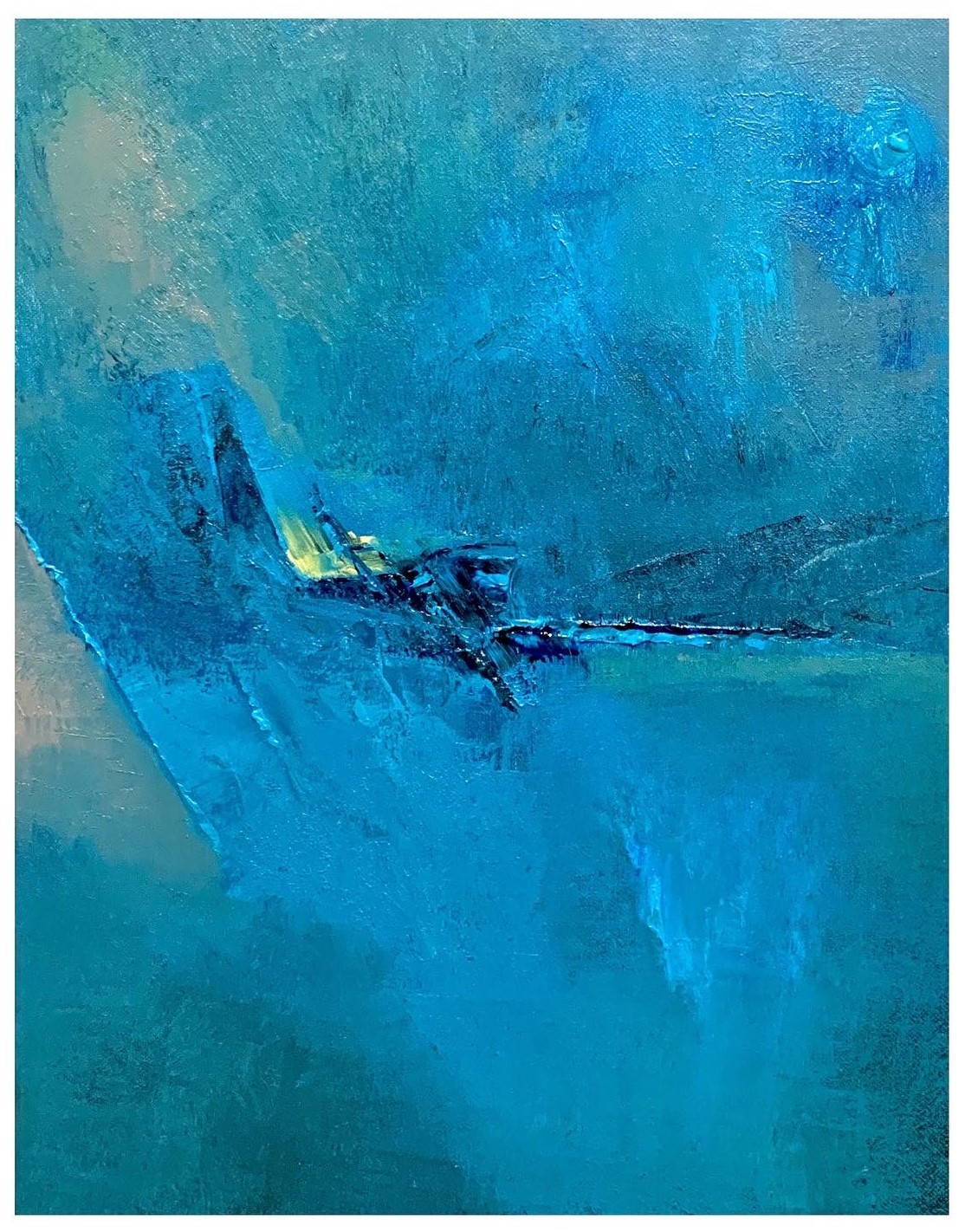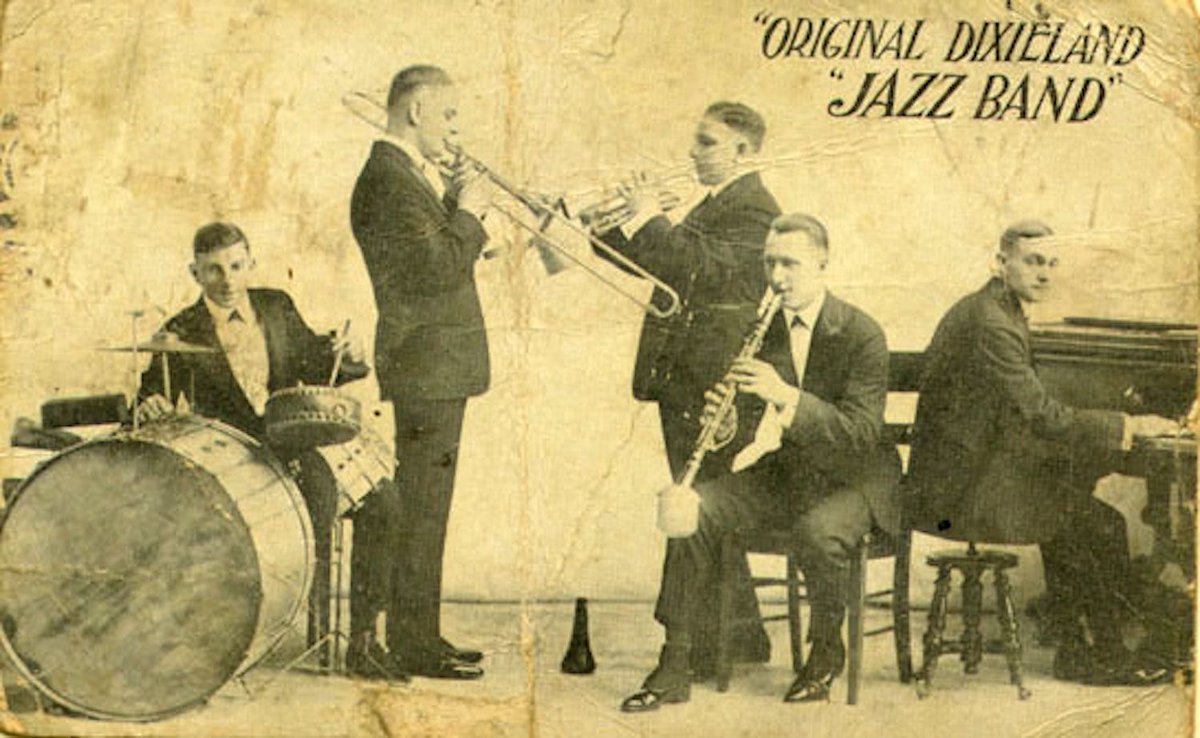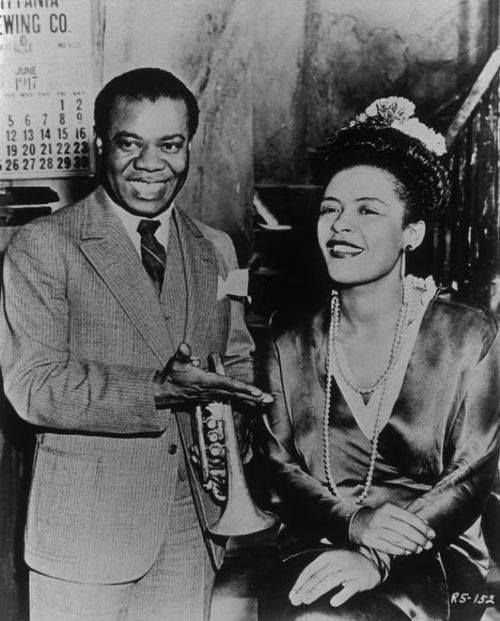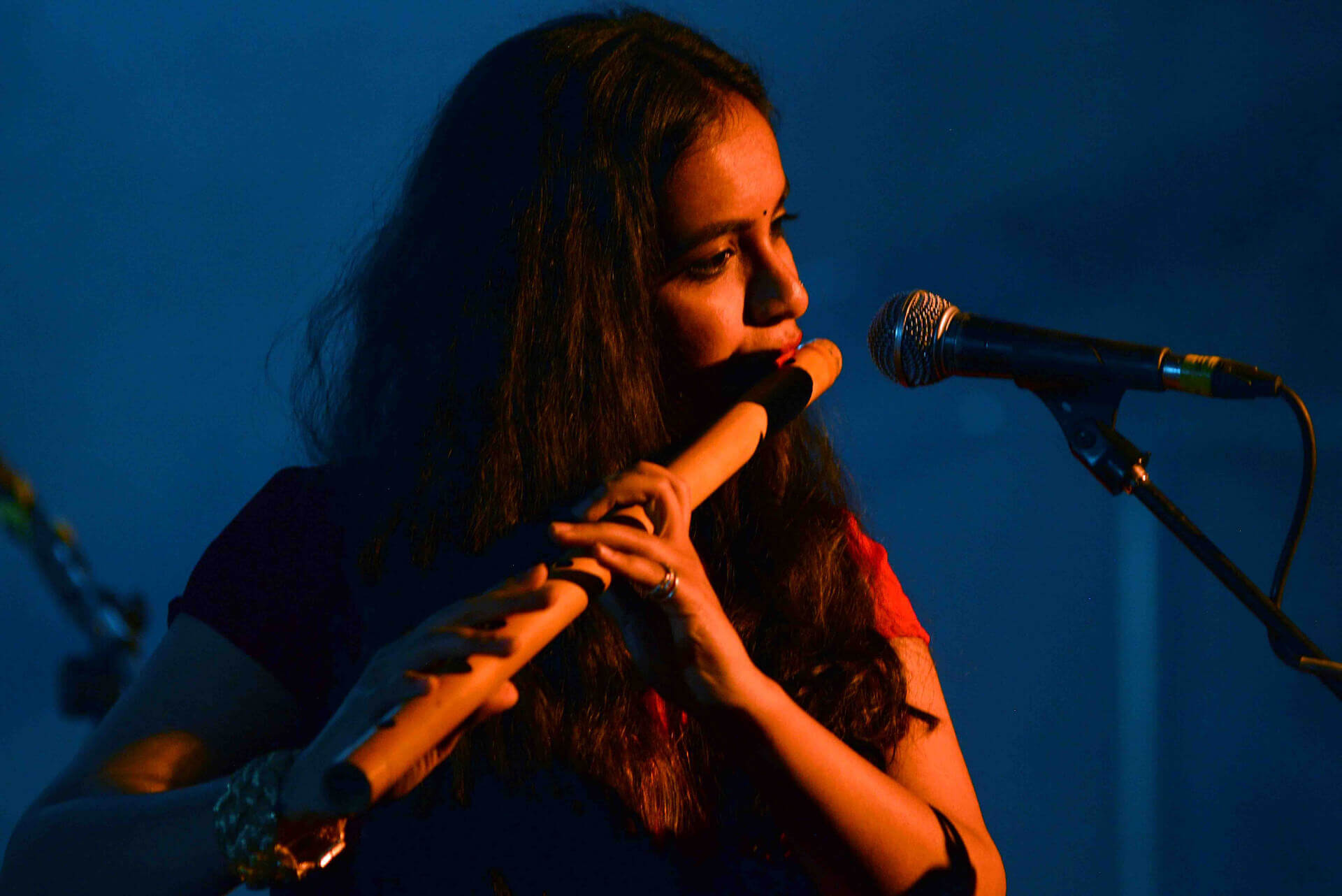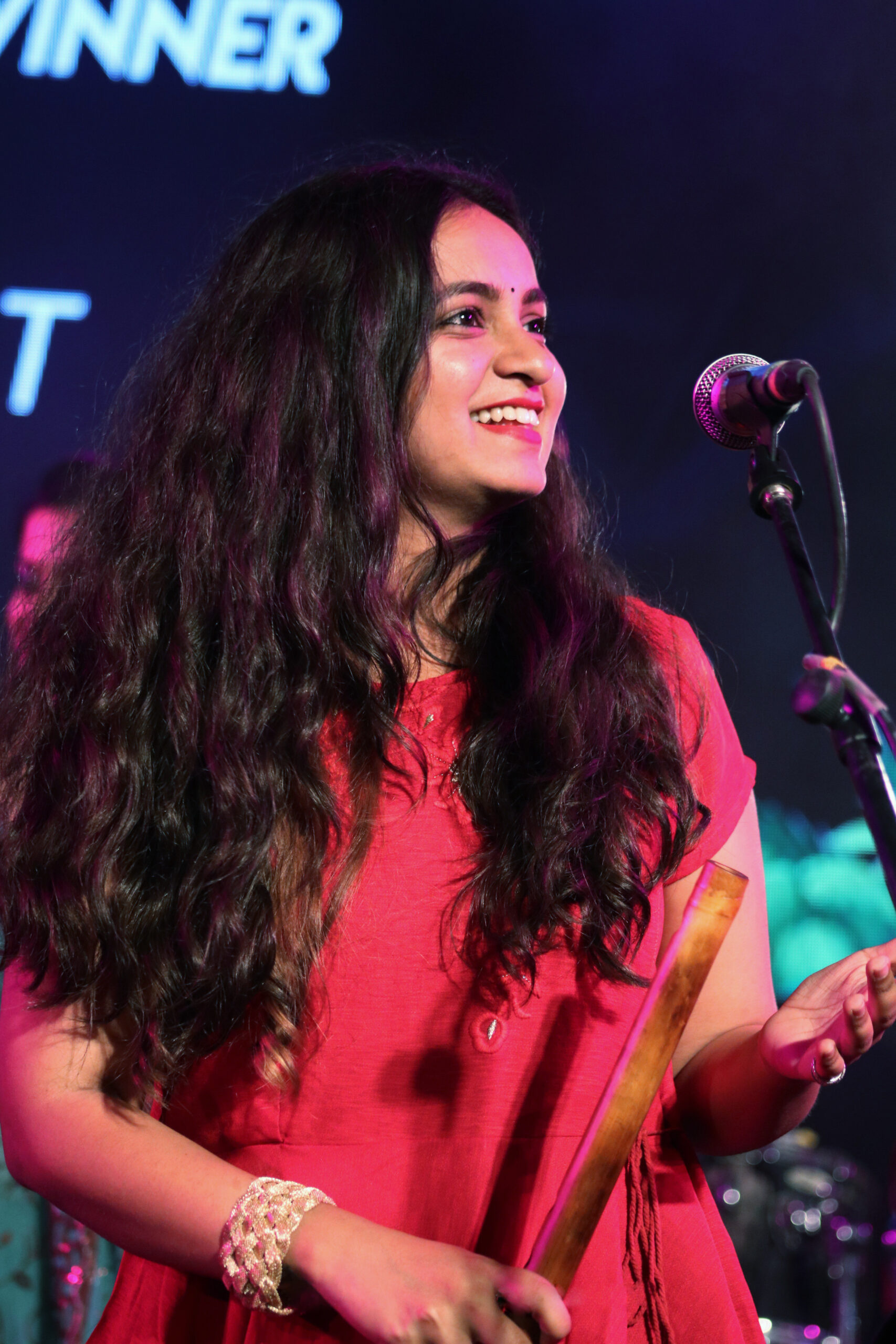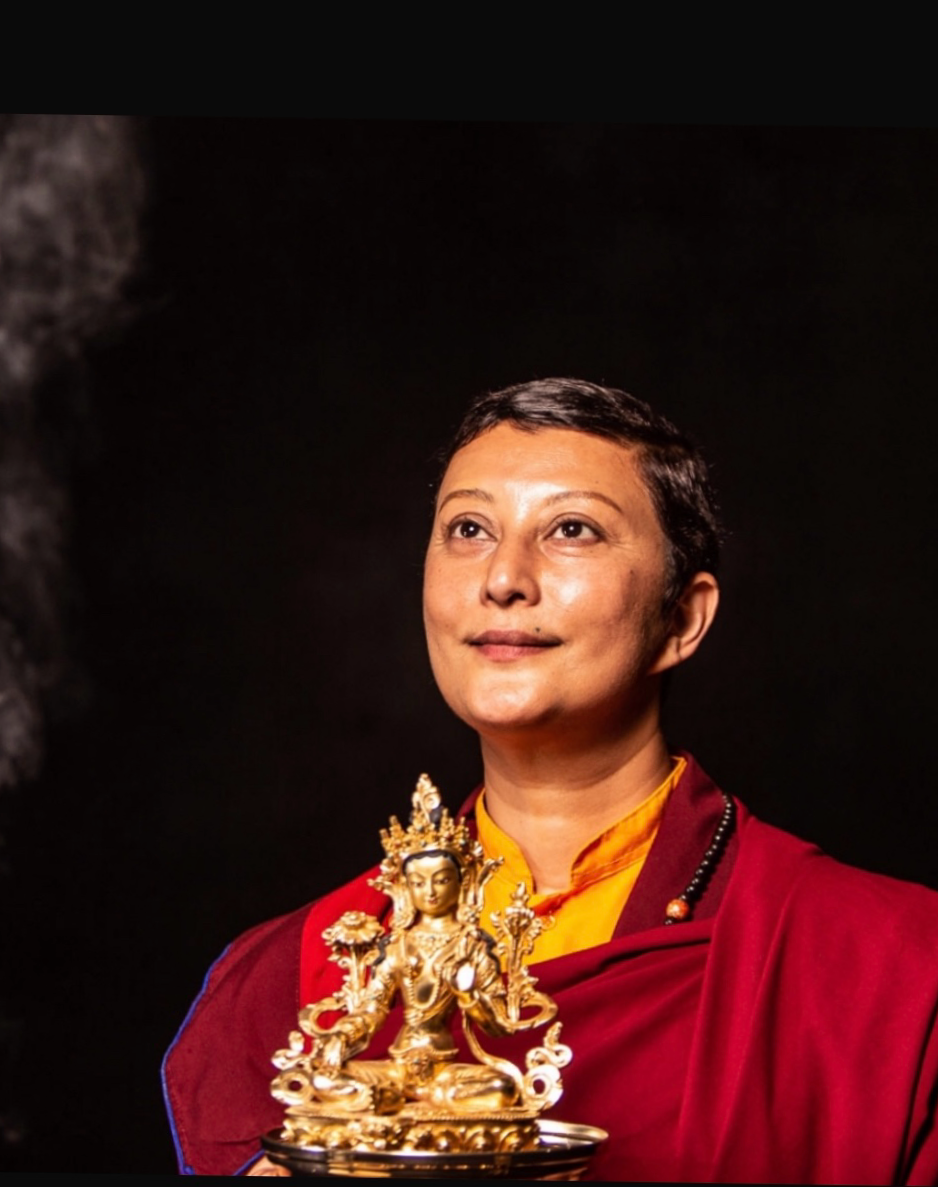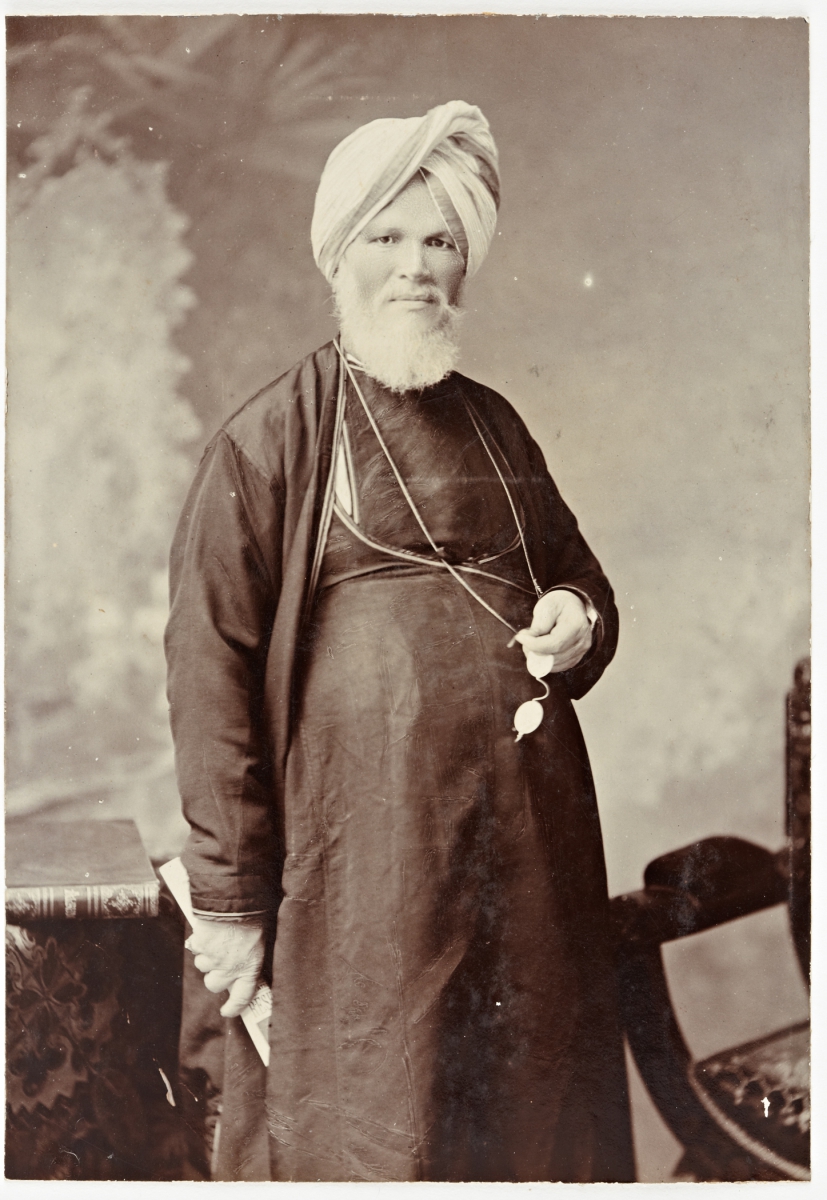I learnt a little more about pleasure the first few times that I listened to jazz music. It takes a young evening, small steps tapping onto brisk beats, fingers rummaging through seething solos to let jazz seduce you. The musical legacy of Nat King Cole, Miles Davis, Ella Fitzgerald is untouched and more than hundred years after the first jazz recording, the musical style is targeted with questions about its origin, history of cultural appropriation, literary and cultural legacy even today. If anything, the chaos further intensifies its lasting impact on literature, arts and culture, more popularly recognising jazz as “America’s classical music.”
Historicizing Jazz
Legitimizing certain musical styles based on artists, geographical origins, cultural aesthetics can get daunting for any school of thought, let alone a singular critic or connoisseur. Regarded as an euphism of sex, the word ‘Jazz’ has far too many and varied etymological origins. It would be naive of me to try and define Jazz, since the mere attempt sounds embarrassing. The age of twentieth century music ushered in a wave of contemporary musical forms outside of the classical canons. 1917 onwards, jazz abundantly emerged from sixty seven cities across the globe and was majorly recorded in Chicago, London and New York.
This African American musical heritage of New Orleans sought identity in the early 1900s with a style called “Dixieland” consisting of clarinet, trumpet, trombone alongside banjo and string bass. The 1930s was when the “Swing” came into prominence; a fast moving, forward bending, dance music style, believed to be the core of Jazz music. The era of 1940s onwards emergence of Bebop, Cool Jazz, Latin Jazz ushered in a semblance of myriad musical genres incorporating European classical music, marching band music, gospel music, choral sounds as well as Latin American music by mixing blues, funk, rock culminating into jazz fusion.
To perceive jazz as both democratic and avant garde, classy and casual, lends itself contradictory mysteries to meditate upon. Initially, African Americans birthed jazz in the streets but their reach was limited by ownership resting in the hands of European Americans who were “covering” Blues and jazz songs. Soon enough, the interracial congruency brought about by jazz musicians performing in brothels, bars, hotels alike by men and women of all colours illuminated a whole new world of social and spiritual revolution. Jazz inherited the generational pain and trauma of American society, in a way that liberated the very same people who listened, hummed, moved, danced and audaciously loved it, regardless of one’s street name, skin colour, age or gender. Alex Ross reiterates the sentiments from Ralph Eliison’s novel Invisible Man: “Perhaps I like Louis Armstrong because he’s made poetry out of being invisible.”
The Mystique Within Musicality
A piece of jazz music typically relies on solos and ensemble sections strung together in a repertoire of extended improvisations. The swift shifts across bars, sparks of spontaneity, and most importantly, the relentless genius of the musicians brings alive the spirit of jazz. The dilemma however, is one of appreciating jazz. When Duke Ellington, Billie Holiday, Nina Simone took to the microphone, it was not just the lyrics talking, quite literally, but almost a circular motion of conversationality elicited from the instruments gravitating toward their vocals. Could jazz then be a form of art music performed by the musicians, for the musicians? Not if as a listener, you can feel the swing in the sound. The beauty lies in the splash of an unexpected punch after frequently repeated patterns of musical phrases. If you try to hold on to it, the pulse of the rhythmic piece may startle you. If you flow with it, there’s nothing quite like it, really.
The thrill of syncopation, a technical term used to understand the urgency of musical beat, grants the music its element of performativity through this dance of tension and relief within an unassumingly original, complex mechanism. The more spontaneous a piece sounded, for instance Gershwin’s Rhapsody in Blue, meant it was that much more meticulously rehearsed. Jazz artists play with this idea of moulding, merging intricate boundaries and rules in a way that frees them to make their own unique musical combinations constituting textured inflections and vocal intonations. The charm of a bolstering trumpet in the hands of Louis Armstrong or Charlie Parker’s shimmering saxophone unveils an irresistible tale of slow burning passion, one that leaves no listener unstirred.
The Carnatic Flavour
A visual memory of the times and tides of jazz during its infancy stage is quintessential if one is to witness its flight in consecutive decades. The impact of jazz on the musics of the world is astounding including Portuguese, German, French, Spanish among so many others. By the time Carnatic music found its safe haven in jazz, the world was attuned to Ravi Shankar’s musings of liberalizing, socio-economically levitating India. The jugalbandi of Indian classical music, and the improvisational music in jazz create a musical rendezvous not many can envisage, one that thrives unapologetically in the world music scene.
If there is one artist who internalises the vigor of Indian fusion today, it is the prodigal artist from Bangalore, Varijashree Venugopal. Born in Mysore, to esteemed Carnatic flautist H S Venugopal and Carnatic singer T V Rama, her talent speaks of exquisite mastery over her music. At the tender age of one and a half, Varijashree was able to identify almost eighteen Indian ragas, and the music she creates today speaks volumes of the gift she continues to nurture and revel in. She tours globally with her band Chakrafonics, a four piece band performing traditional Indian classical, devotional and Kannada light music. Additionally, at this year’s Grammy Awards, Bengalore based musician Ricky Kej’s album Divine Tides won the Grammy’s for Best New Age Album for which Varijashree was the lead singer.
Her many international collaborations include Max Clouth’s Ragawerk, an electronic music and Indian classical music based jazz fusion group, and their website biography reads: “Why move around in just one world when you can be at home in many?”
Borrowing from her love for jazz, soul music, Varijashree performs what she calls “Carnatic Scatting”. “I see it as a cross cultural confluence of juxtaposing jazz notes with Indian sargam. The idea is to blend tastefully, keeping the essence of both musical forms intact, while navigating through the notes” she explains. She has sung and recorded renditions of iconic instrumental pieces by John Coltrane, Chick Corea in her own distinct style.
“Carnatic music and Jazz are both so different in their approach to music yet so alike in their expressive core. The excessive chord changes in a Bebop piece to a two chord free jazz style of Miles Davis, the spectrum is diverse and unrestricted in every way,” Varijashree elaborates. An absolute contrast to a singular mood inhabited by each Indian raga, meant for a specific time of the day, a particular portrayal of emotion. It is perceived as a living, breathing tradition, one that seeks a stillness from the listener, like sitting closely, perched beside a personified feeling. “The response has been amazing, especially in Europe and the States. Indian music is highly regarded and jazz makes it so much more accessible. I love getting out of my comfort zone and working with different musicians, instruments, musical styles, it makes each day a learning curve for me, allows me to not get too comfortable to create,” confesses Varijashree.
“It appears some people face difficulty understanding Carnatic music, or enjoying jazz music, and I always ask them to not worry about the technicalities or the theoretical understanding of the music,” admits Varijashree. She continues, “All I seek is an open mind. For me, the meticulous skill of experimenting outside of a particular raga makes fusion a gratifying experience, it is for me to dive as deep into the crevices of musical form(s) as I can. If I feel a heightened sense of emotion in my music, only then can I transfer it to my audience.” Varijashree recently featured in rock legend Stewart Copeland and Grammy award winning musician Ricky Kej’s album “Divine Tides.”
Looking Forward
If La La Land can make you swing and dance and cry, know that jazz is here and it is here to stay. Misconstrued debates, discourses aside, jazz continues to enthrall its listeners a century later and imprints musical legacies with richness, boldness both knowingly and unknowingly on myriad global music cultures. Perhaps all one needs is to shut the noise and let the swing ease in.
Text by Anuracti Sharma
Photographs via Varijashree Venugopal
Cover Artwork by Rutwik Ingale
